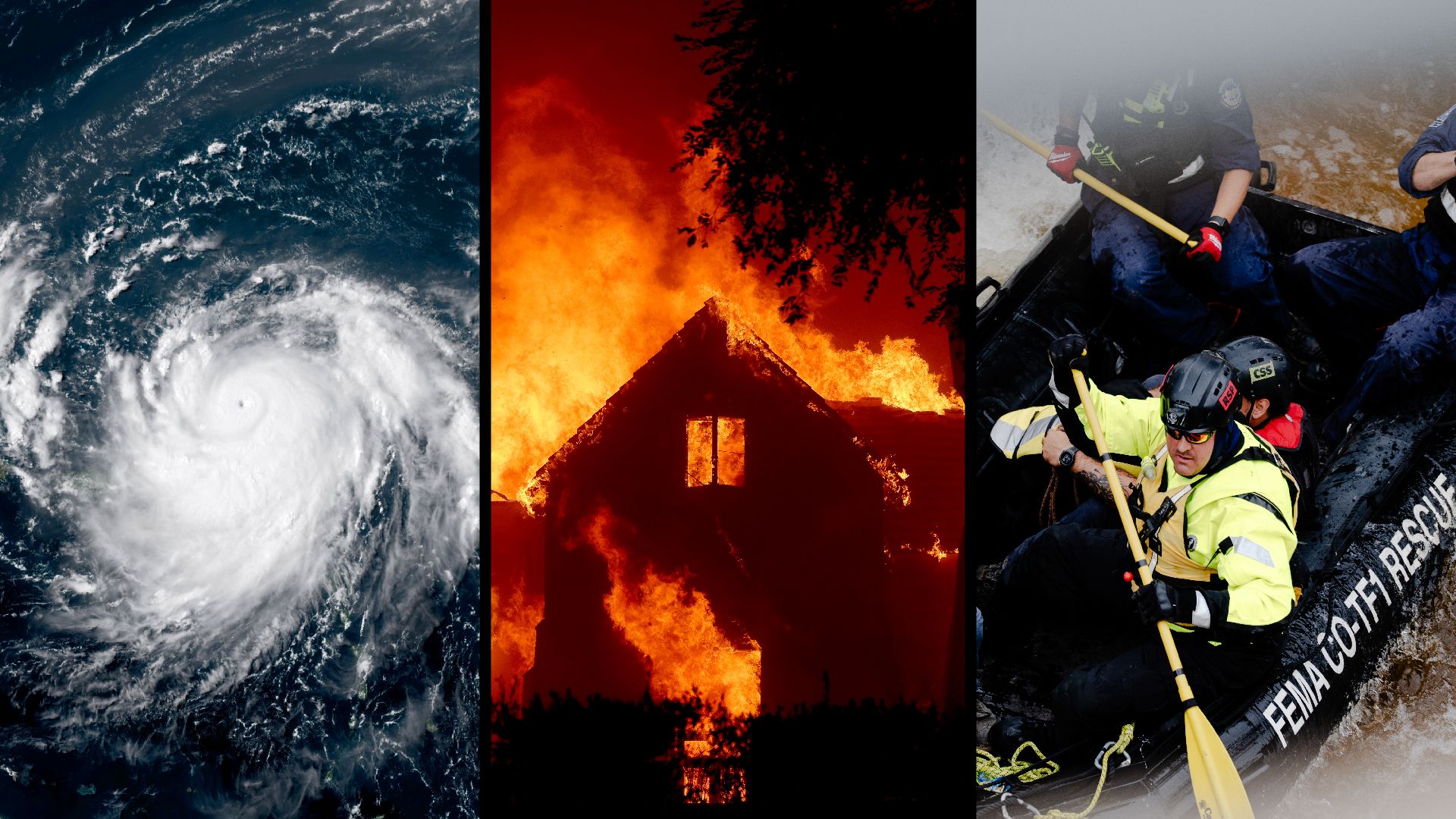Winter Weather and the Hidden Cost of Flight Delays
Each winter, millions of travelers face flight disruptions caused by snow, ice, and freezing rain. According to the FAA, weather causes nearly three-quarters of all U.S. flight delays. Yet, few passengers understand how — or if — travel insurance can help when they’re stranded.
Take Kevin Heimlich, a Boston marketing executive, who learned the hard way when a storm stranded him overnight in Newark. He filed a claim for his $370 hotel bill — only to be denied because the storm had been forecast two days earlier, making it a “known event.” His experience underscores a crucial truth: buying insurance after a storm is announced means you’re not covered.
🌬️ Credit Card vs. Standalone Travel Insurance
Many travelers rely on credit card travel insurance, assuming it offers the same protection as a standalone plan. It usually doesn’t.
Credit card coverage often includes stricter limits and longer waiting periods — sometimes requiring 6 to 12 hours of delay before benefits kick in. By contrast, comprehensive travel insurance can begin coverage after as little as 3 to 5 hours.
“Not all coverage is created equal,” says Joe Cronin, CEO of International Citizens Insurance. “If the airline cancels your flight due to weather, you’re often on your own.”
🧾 What Your Policy Covers — and What It Doesn’t
A strong travel insurance plan typically covers:
-
Trip cancellation and interruption
-
Travel delays and missed connections
-
Emergency lodging and meals
-
Lost or delayed baggage
However, every policy includes fine print that defines when coverage applies. The key phrase to look for is “known event.” Once a winter storm is named or forecast, new policies won’t cover it.
“That’s why it’s critical to purchase travel insurance when you book — not when you see the forecast,” advises Terry Boynton, president of Yonder Travel Insurance.
🏨 The Real Cost of Being Stranded
Beyond hotel stays and rebooked flights, extended travel delays can take a toll on your health and finances.
Dr. Maria Knöbel, co-founder of Medical Cert UK, warns that long waits in freezing terminals can trigger respiratory infections and fatigue — expenses most travelers don’t think about.
Adding a medical coverage extension (often under $40) can prevent unexpected medical bills during winter disruptions.
💼 When to Buy — and When to Skip — Travel Insurance
You should consider travel insurance if:
-
You’re traveling between November and March
-
You’re flying through snow-prone airports (like Chicago, Denver, or Boston)
-
You’ve booked nonrefundable flights or hotels
-
You want protection against multi-day delays
Skip it if:
-
Your trip is fully refundable
-
You’re traveling with flexible plans
-
You’re covered by a strong premium credit card
💡 Pro Tip: Consider “Cancel for Any Reason” (CFAR) Coverage
For maximum flexibility, CFAR insurance allows you to cancel for any reason — including a bad weather forecast.
It typically reimburses 50–75% of your trip cost, but must be purchased within 10–21 days of your initial booking.
“It’s meant to protect against the unexpected, not the already-known,” says Daniel Durazo, Director at Allianz Partners USA.
🕰️ Timing Is Everything
Most travel insurers agree: the earlier you buy, the better your coverage.
If you wait until a storm appears on the radar, you’re too late.
“Winter travel brings its own challenges — from de-icing delays to grounded flights,” says Raymond Yorke of Redpoint Resolutions. “Planning ahead is your best defense.”
🧊 Bottom Line: Prepare Before the Snow Falls
Winter weather disruptions are inevitable — but being stranded doesn’t have to be.
Understanding the fine print, choosing a policy that fits your travel needs, and purchasing it before storms are forecast can make the difference between a smooth reroute and a financial disaster.
Protect your trip, your time, and your peace of mind — because winter doesn’t wait.









